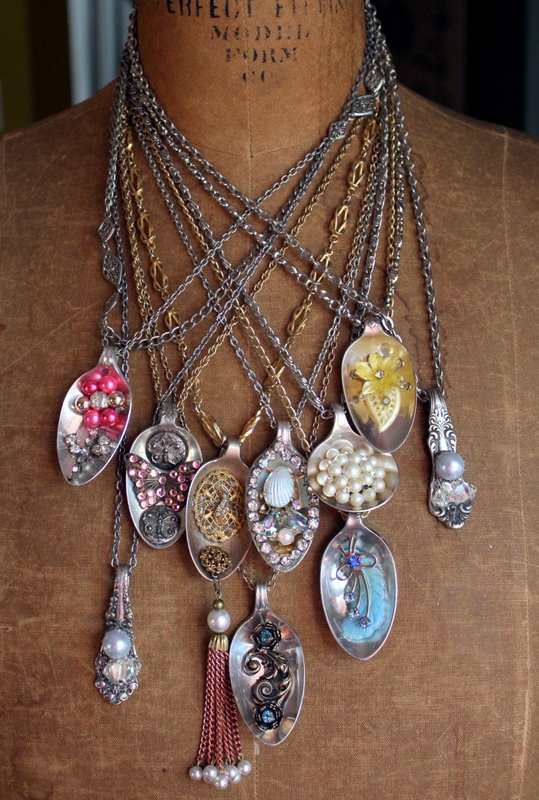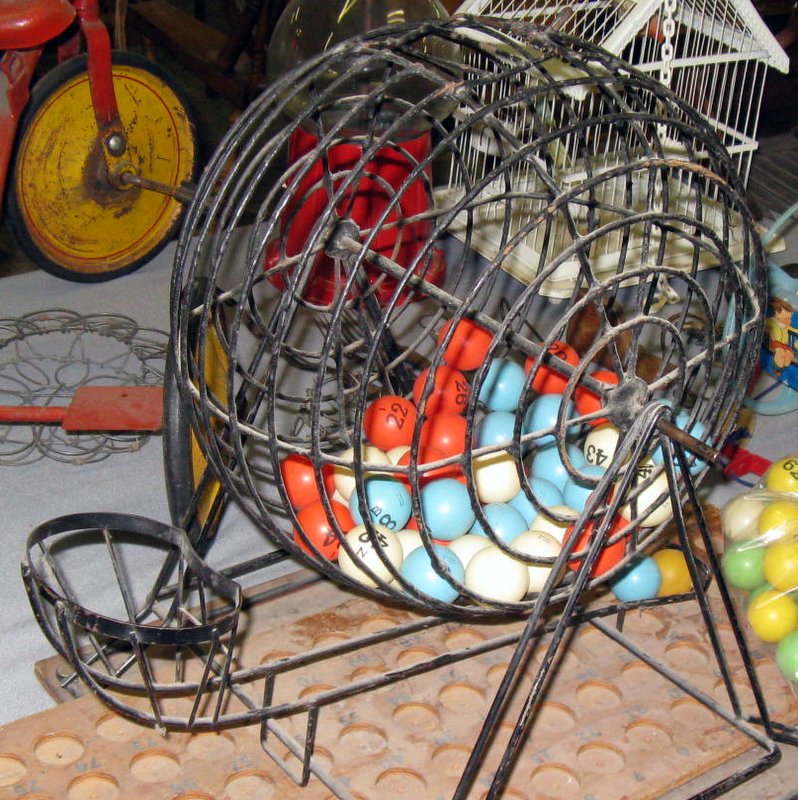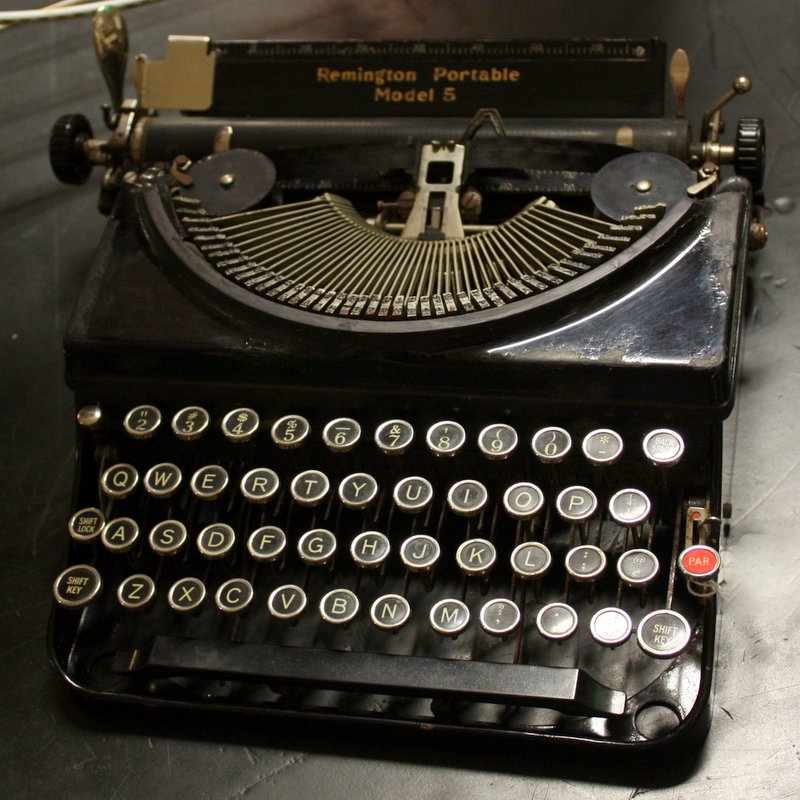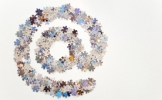Posted by Mitzi Curi
We’ve all heard that maintaining a blog is an important aspect of an artist’s marketing. But blogs take effort and time, and there is a considerable learning curve for those not well-versed in the photography aspect and other skills necessary for blog-keeping. By following a few essential expert blogging tips and best practices, blogging can pay off handsomely in terms of higher visibility and, ultimately, higher sales for indie artists.
Blogging Tips for Boosting SEO
Researchers at Hubspot have found that blogging does in fact improve sales for online sellers. Think of your blog as a place to offer readers useful information, tools and resources; links to other resources related to your craft; a place to interact with you and understand the effort and creative process behind your art or craft; and a place to hear the latest news about upcoming sales online or at your craft or art shows. This should give you the edge over others that aren’t online at all, or those that don’t blog. If you follow the blogging tips provided here, the content you publish will also boost the SEO value of your site. And that means you'll turn more prospects into future customers! BecomeABlogger.com is a great resource on blogging for beginners, offering useful how-to advice and tutorials for getting your blog setup and running smoothly.
If you are an indie business owner selling online, you want to grow your online presence, and maintaining a blog is an effective way to do just that. Blogging tips aren't just about the format and style of a blog, but about growing your online presence. Growing your online presence via blogging requires some basic understanding of “SEO”. “SEO” is “search engine optimization”. It’s basically the process of getting more visitors to your web pages, including your blog and IndieMade listings, by optimizing them for specific keywords. The goal is to have the web page rank higher in search results for those specific keywords. The higher the page ranks, the more traffic it will get, and the more keywords you include in your blog post content that people are searching for online the better your SEO will be (Google is probably the most familiar search engine). Keywords for a jewelry artist might include “solder”, “pendant”, “sterling”, and “handmade”. Try to use these keywords as alt tags for the photos included in your post, in your meta description, and as tags. You can sign up for Google Adwords and get keyword help for free with the Google Keyword Planner. For some excellent blogging tips for beginners, including developing a content strategy that will really engage your readers, see Maria Dryden’s article.
Just think how easy writing is now, compared to years ago:
Your Blog: A Behind-the-Scenes Look into Your Personality
Blogging is a great way to show people what you and your art are all about. Your blog can serve as an online portal into your studio with behind-the-scenes images of you and your work space. You can share a bit of your personal life that allows readers to connect to your brand and become loyal followers. It’s also a wonderful way to connect with other artists around the world. And as time goes by, your blog will become an online resume or portfolio of sorts.
If you haven’t started a blog yet and don’t know where to begin, Leslie Samuel provides a valuable video tutorial series with insightful blogging tips for getting started at Become a Blogger. Melanie Nelson is also a top blogging and social media expert, and she shares tons of blogging tips on her own blog, beginning with How Do I Start a Blog? Visit Melanie’s site Blogging Basics 101 for more blogging for beginners expertise. Taking an online class such as the very popular and highly rated Blogging Your Way e-course created by Holly Becker can also be an option for novice bloggers or even veteran bloggers that need expert assistance and inspiration.
Blogging Tips for Including Photos
Among the many blogging tips you'll read, one that you'll see consistently is that including photos is a must. This is especially true for indie artists who are relying on online product listings to make sales. If you have blurry, dark, or uninteresting images, your blog will suffer for it. Whether we like it or not, our blogs are being compared to others online that have some pretty fabulous photography. While we may not be able to compete at the same level, we must strive to have the best photos possible with the equipment we have. For a good resource and free photography tips, see Digital Photography School.
As you write your blog posts, it’s a good idea to use your original images whenever possible. When you need to use the images of others, be aware of copyright law and image etiquette. Just because images are “out there” doesn’t mean they are in the public domain. For a good overview of the legalities of copyright and image etiquette as well as links to copyright-free image websites, attorney Sarah F. Hawkins’ blog is a good reference. IndieMade writer Megan Eckman has also provides some expert blogging tips related to appropriate image usage.
Consistency is Key for Beginning Bloggers
Some artists worry that blogging isn’t for them because they don’t like to write. But a blog doesn’t have to be wordy. It can be whatever you want it to be! You can post mostly images of your work if you want to, creating an image gallery website, perhaps with a very brief description and link to your shop here and there. Just determine what your strengths are and go with them. Many artists are primarily “visual” people, as opposed to “left brain” or those that find language their best means of expression. If you are trying to be something you’re not, blogging will become a chore rather than an enjoyable endeavor. Leading blogging experts often advise that a blog should reflect the author's passions. You should create a blog that you enjoy and that’s a true reflection of you and your art. Creating new blog posts should be exciting for you!
“My Latest Creations”:

How often do you need to post in order to keep readers interested? There is no magic number, but the most important thing to keep in mind is to be consistent. If you post once a week, try to keep it going. If you post every three days, try not to skip two weeks. You will lose readership if you do. The importance of regular posting is discussed in this article by Polly Danger. If circumstances prevent you from blogging consistently, don’t show up with an apology post. For a new reader that is visiting for the first time, reading an apology isn’t a good first impression.
To attract readers to your blog, consider “guest blogging” at popular blogs in your area of interest. Many popular bloggers will welcome the offer for a guest post, especially when that includes a giveaway of one of your handmade items. Holding a giveaway on your own blog is another way to attract new readers. You can also encourage them to “Like” your Facebook business page for a second opportunity to win your contest. For a random number generator, helpful for contests, check out this link.
Vintage Random Number Generator:

Blogging Tips for Idea Generation
Coming up with compelling ideas for blog posts is sometimes difficult for novice bloggers. If you have “writers’ block”, consider starting a weekly or bi-weekly post with a theme. “Wordless Wednesday” could be an image you share without any text. “Saturday in My Studio” could be another option, and so on. This gives structure to your blog and enables you to prepare posts ahead of time, too.
Tutorials are often very popular posts that will attract new readers. Consider posting how to create something on your blog and provide step by step directions and images. For blogging tips about posting tutorials with the goal of increasing sales, you can refer to this article.
Beginner Blog Engagement
Reader comments are a good indication that your content is not only getting visitors, but that it's interesting enough to readers to generate engagement. For beginning bloggers, getting traffic and initial interaction is the biggest first goal once you're up and running. You need to get out there and visit the blogs of others and leave meaningful comments too. This will increase your readership in the long run as some readers will click on the link left when you leave a comment. To increase the likelihood of others leaving comments on your blog, you can turn off the word verification/“captcha” on your blog.
If you post an image of a finished craft project, tutorial, or special recipe on your blog, consider participating in a “link party”, which is a great tip for new bloggers to start generating traffic. Link parties are hosted by bloggers. You enter the URL of your blog post and an image of your project into the host and visitors to the site can view your project and connect to your blog. If you participate in a link party, the proper etiquette is to visit several other participants and leave comments on their projects. This is a great way to discover new blogs and have new bloggers and readers discover you. For a list of popular link parties, see this list.
In summary, it’s been proven that maintaining a blog is an effective way for indie business owners to market their art or crafts online. Following basic blogging best practices such as keywords, SEO, generating interesting ideas for blog posts, and consistently posting online is important. Having an ongoing series on one’s blog is a way to provide structure and avoid long gaps without posting. Participating in link parties is a great opportunity to link to new blogs and drive traffic to your site. With these things in mind, your blog should lead to an increase in sales as time goes by and more and more readers discover it.





